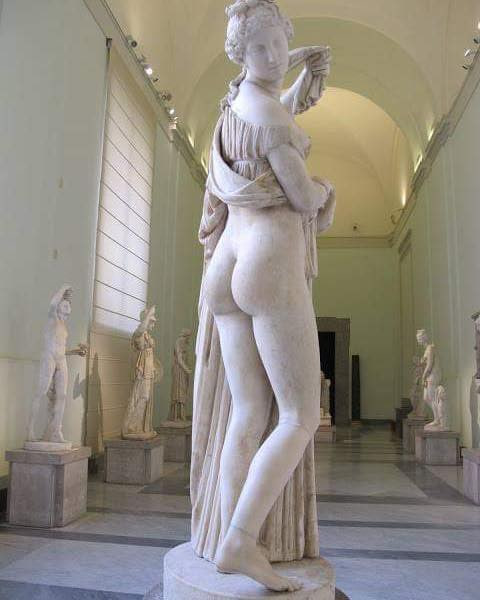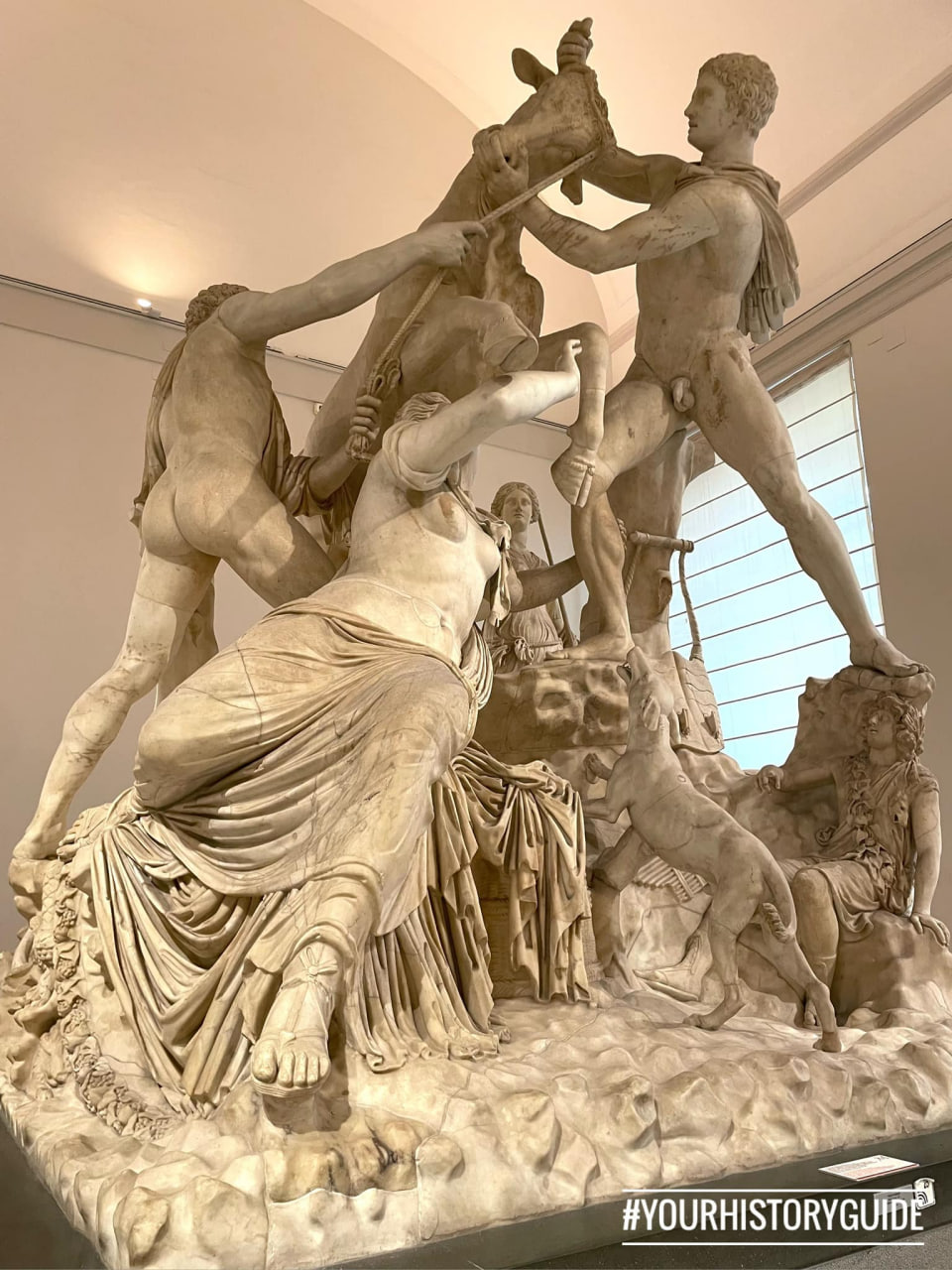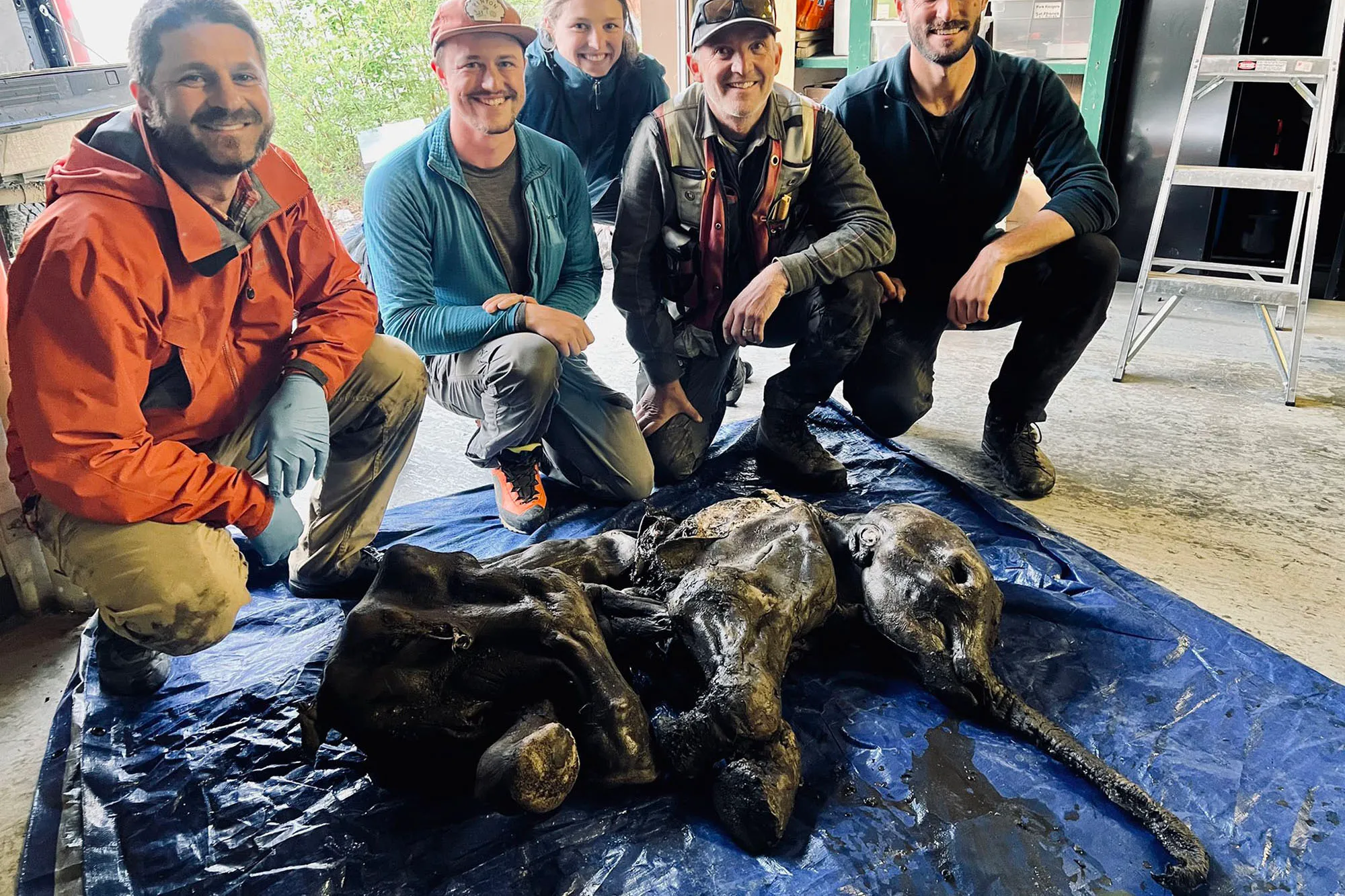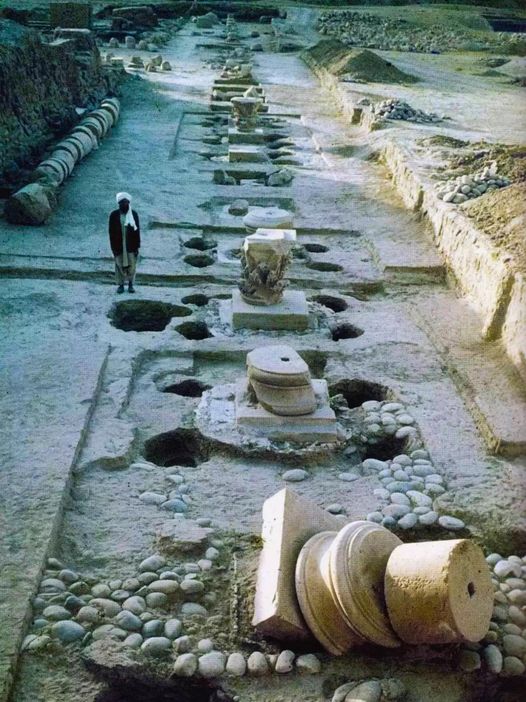The undulating hills of modern-day Turkey are home to a silent sentinel of history, a remarkable feat of ancient engineering – the Roman aqueducts. These monumental structures, dating back thousands of years, stand as a testament to the ingenuity and foresight of Roman architects and engineers.
Crafted from stone, the aqueducts’ majestic arches once channeled fresh water across vast distances to the burgeoning cities of the Roman Empire. This ancient network was not merely for conveyance but a lifeline that supported the growth of densely populated areas, enabling Roman civilization to flourish.

These aqueducts surpassed the water delivery systems of earlier civilizations, including those in Egypt and India, by harnessing the power of gravity to transport water over hills and through valleys. Built between 312 BC and AD 226, the Roman aqueducts were an evolutionary leap in both scale and technology.
Construction of these aqueducts was a colossal undertaking, often spanning decades, and required the combined efforts and resources of both the Roman state and private patrons. Famous Roman emperors like Augustus, Caligula, and Trajan are often credited with commissioning these monumental works, thus imprinting their legacy on the landscape in a manner that has outlasted their empires.
The remains of the aqueducts in Turkey are a captivating sight, with their towering arches reduced to stone skeletons that snake through the landscape. Yet, even in their fragmentary state, they are awe-inspiring. The occasional intact sections, complete with their signature round conduits, are a direct portal to the past, illustrating the grand scale of Roman ambition.

The engineering principles used in the aqueducts are echoed in the modern world, but the Roman commitment to grandeur and public utility remains unrivaled. These structures were more than mere channels for water; they were symbols of prosperity, health, and the wellbeing of the citizenry, embodying the ethos of public service that was a cornerstone of Roman society.
As the modern world grapples with the challenges of urbanization and resource management, the ancient Roman aqueducts in Turkey remind us of humanity's enduring capacity for ingenuity. Their legacy is not just in the ruins that dot the landscape but in the water systems that continue to sustain civilizations today. They stand, even in their silence, as monuments to human achievement and the timeless pursuit of progress.










